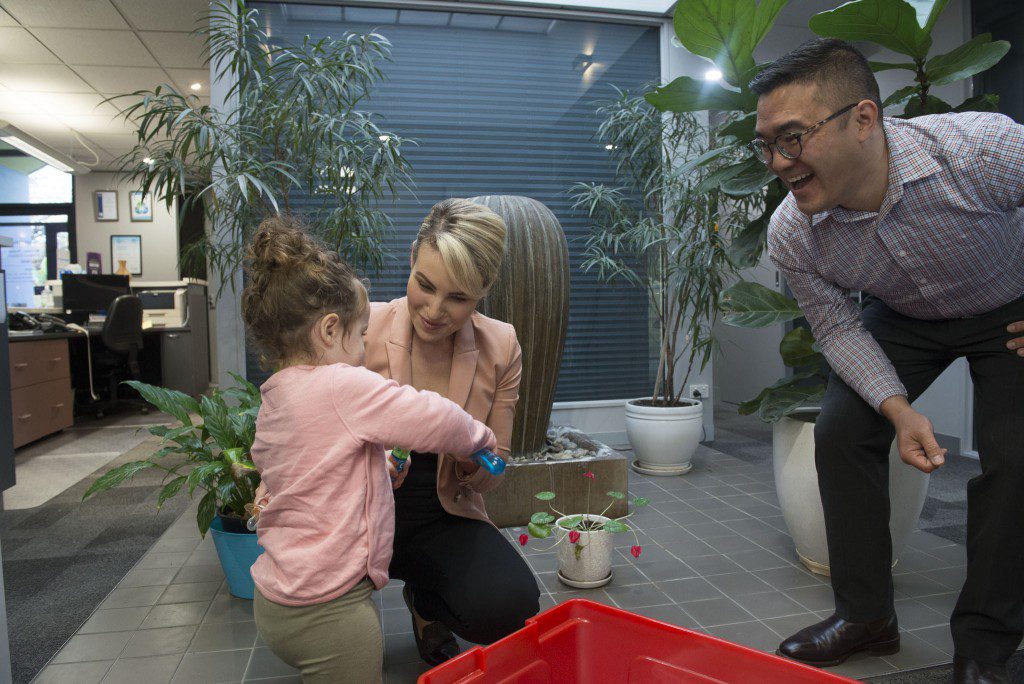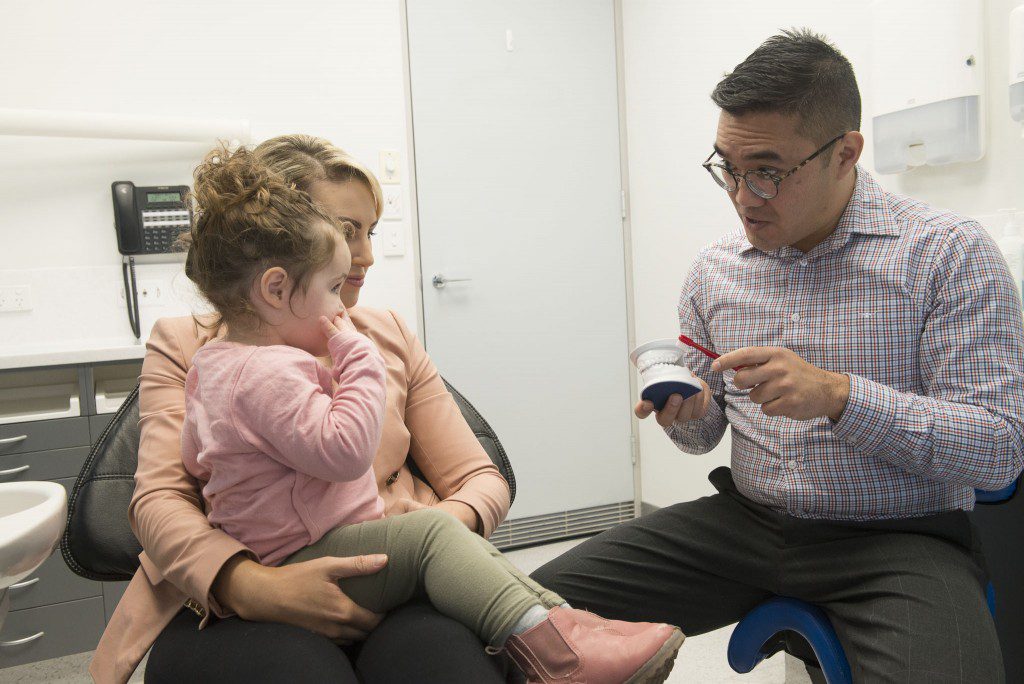Shepherds Hill Dental Centre is a family practice
We believe in helping families develop excellent oral health habits from a young age.
We enjoy looking after children and encourage them to visit as soon as their baby teeth start to develop. We believe in providing children with good experiences at the dentist from a young age, and encouraging them to develop good preventive habits so that they don’t ever have to experience dental problems in the future. Our dentists will make sure they have regular check ups and encourage them to see our hygienists to develop good preventive behaviours at home.
If children require fillings or more complex treatment, this can be performed either at our surgery, or through a referral to a paediatric dentist depending on the needs of the child.

Children have delighted in attending our calming rooms for generations, and are always excited to look in the red box!

What the ADA says about children’s dental care:
Childrens oral health needs vary greatly as they grow and develop. This guide has been written to walk you through each stage of their journey from three years old and above.
Baby teeth
By the age of three, most children will have a full set of 20 baby teeth. More information about your child’s teeth can be found in babies and toddler oral health.
Baby teeth eventually fall out to make way for the permanent adult teeth, but that does not mean dental care and cleaning them is not important. If baby teeth are lost or removed much earlier than intended, this may lead to future problems such as crowding of your child’s teeth when the permanent teeth push through.
Losing baby teeth
Baby teeth will start to become loose and wiggly from around the age of six. This often starts with the lower front teeth.
It is important to remember that all children develop in different time frames. Some children may lose their first tooth earlier than six years, and others may be a little late. This is absolutely normal.
Once the first tooth becomes loose, it is important it is not left loose for long as it may cause the child to avoid this tooth when brushing their teeth.
Permanent teeth eruption
Permanent teeth, often called adult teeth, start to develop in the jaw from birth and continue to grow after the child is born. From six years of age, the four first permanent molar teeth will appear in the mouth. These teeth push into the mouth behind your child’s teeth that are already present in the mouth. As your child continues to get older, more adult teeth will push out the baby teeth creating space for the adult teeth to move into the mouth.
The timing of when permanent teeth push into the mouth is different between children. However, the rough timeline of when the adult teeth appear in the mouth is below.
Brushing and flossing
It is recommended everyone brush their teeth twice a day, ideally in the morning and then at night as the last thing that is done before bed with no food or drinks after. This brushes away the plaque and bacteria from the teeth to help to prevent tooth decay and gum disease. Brushing should go for 2 minutes each time. This can be made more fun by playing a song or using a phone app that has a 2-minute timer to ensure the correct length of brushing and provide positive reinforcement.
Toothbrush and low-fluoride toothpaste
Look to use a toothbrush with a small head and soft bristles. Powered toothbrushes can be introduced from 3 years of age. Some powered toothbrushes come with an in-built 2-minute timer to make brushing for the recommended amount of time easy.
Until 6 years of age, children are recommended to use low-fluoride toothpaste for brushing teeth. At the shops, this is called children’s toothpaste. As the name suggests, low-fluoride toothpaste contains less fluoride compared to the fluoride toothpaste created and recommended for adults and children older than 6 years of age.
Flossing and interdental cleaning
Flossing is recommended for children once they have at least two teeth touching side-by-side. This cleans the surfaces between the teeth that the toothbrush bristles cannot reach. Your dentist can show you and your children techniques and items that can make this process easier. Some children naturally have larger spaces between their teeth which means flossing may not be needed between all of the teeth. Flossettes can be useful for parents cleaning between their child’s teeth or for children to use themselves.
